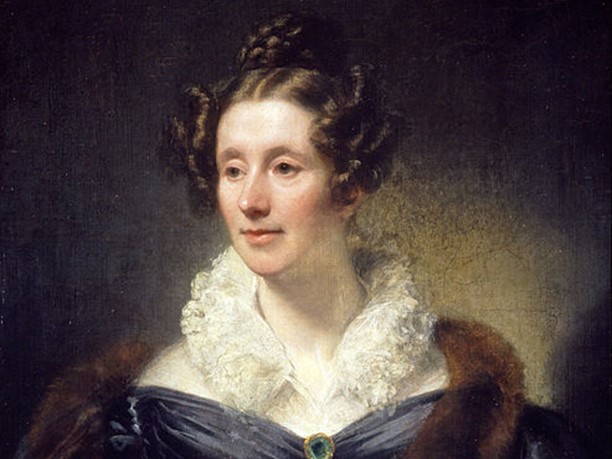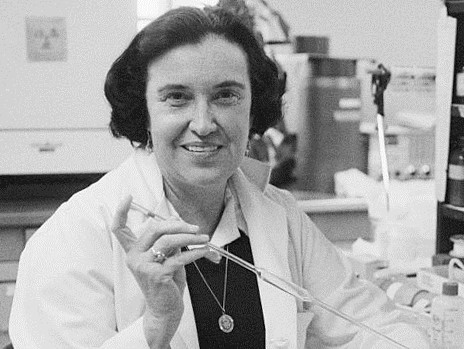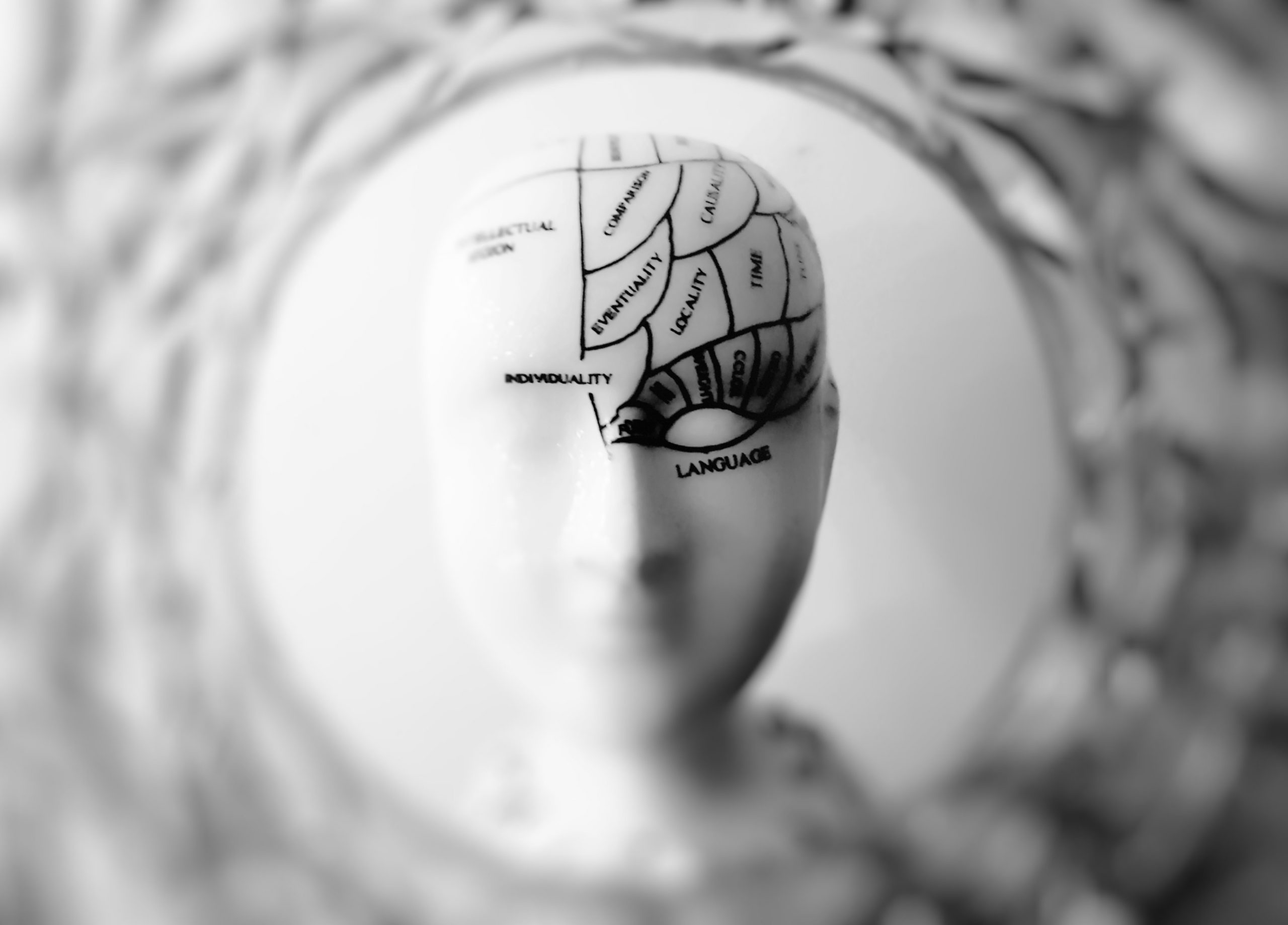By Helen Collins
Friday 11th February 2022 celebrates the 8th International Day of Women and Girls in Science. Established in 2015 by the United Nations General Assembly, the day aims to promote gender equality in access and participation in science, as part of the internationally agreed 2030 Agenda for Sustainable Development.
Currently, only a third of the global science, technology, engineering and mathematics (STEM) workforce is female, and women are often underrepresented in STEM subjects at university, including in the UK [1]. Additionally, in many countries around the world girls lack access to even a basic primary education, preventing them from having successful careers as scientists.
Women make up 45-55 percent of bachelor’s and master’s degrees awarded for STEM subjects internationally; however, in the UK only 23.5 percent of engineering and 19.4 percent of computer science graduates are female.
UNESCO SCIENCE REPORT (2021) THE RACE AGAINST TIME FOR SMARTER DEVELOPMENT [1]
Nonetheless, in recent years the number of women working in STEM has increased, partly from the improved awareness of the challenges women face in scientific careers, but also from the greater promotion and recognition of their successes. One such approach is to look back in time to better appreciate the work of trail-blazing female scientists, who are often overlooked because of their gender.
A perfect example is Mary Somerville. Although in Oxford she is well known for lending her name to Somerville College, few people know about her scientific achievements. Moreover, her story exemplifies the importance of giving girls a scientific education, and lessons can still be learnt from her personal philosophy even 250 years after her death.
Gaining an education
Born in Jedburgh, Scotland on 26th December 1780, Mary Somerville (née Fairfax) started her life like any young girl of the time. Rather than attending school like her brothers, Mary’s mother taught her the skills a lady of the 18th century was thought to need, such as running a household and tending to the family’s cows. Critically, though, she also taught her how to read. Thus, while she spent sunny days roaming amongst the flowers and birds in the garden, Mary passed the long rainy days of summer (it was Scotland after all) reading veraciously [2].
Encouraging this love of learning, Mary’s parents sent her to a private tutor at boarding school, and later to a writing school in Edinburgh, where she also studied the basic principles of arithmetic. She taught herself Latin, encouraged by her uncle who also gave her access to books on algebra. However, it was studying perspective in drawing classes with the prominent artist Alexander Nasmyth that Somerville first encountered the fields of pure mathematics and geometry, which led her to her life’s work, astronomy [3].
Struggles as a woman in science
In the early years of her career, Mary struggled to gain acceptance for her work due to the long-held belief that women were not intelligent enough to study science. In her posthumously published autobiography (Personal Recollections, 1874), Mary wrote that even her first husband Lieutenant Samuel Greig ‘had a very low opinion of the capacity of my sex’. Although she published five solutions to mathematical problems in the journal Mathematical Repository, she did so simply under the name ‘A Lady’ [4].
However, from her correspondence with great thinkers of the time such as mathematician William Wallace, it is clear that Mary did have advocates around her. Following her marriage to her more supportive second husband, Dr William Somerville, she was able to expand her studies to astronomy, chemistry, geography, microscopy and magnetism. She shared regular letters with Charles Baddage about his new ‘Calculating Engine’ [2], the ancestor of modern computers, and was the maths tutor to Ada Lovelace, who is often considered the first computer programmer. She also conducted experiments into the relationship between light and magnetism, being the first woman to publish a paper with the Royal Society in 1826 [5].
‘The most extraordinary woman in Europe’
Mary Somerville’s reputation continued to grow throughout the 19th century. In 1831, Mary published her first book, The Mechanism of the Heavens, a translation of the Pierre-Simon Laplace’s exhaustive five-volume book Méchanique Céleste. In her edition, Mary expanded the existing work to include two of her own chapters on the maths of the Solar System. The book found instant success, being used as a textbook at the University of Cambridge for over 50 years [6], as well as earning her money from the British Crown in recognition of her work [2]. Her calculations on the position of Uranus in the Solar System also helped British astronomer John Crouch Adams to discover Neptune in 1846.
Somerville published three more books in her lifetime: On the Connexion of the Physical Sciences, which sold over 15,000 copies; Physical Geography, the first textbook published on the topic; and Molecular and Microscopic Science, which over its three editions covered the latest discoveries concerning atoms, molecules, plants and animal life.
Mary Somerville was ‘certainly the most extraordinary woman in Europe – a mathematician of the very first rank with all the gentleness of a woman’.
SIR DAVID BREWSTER
Somerville’s contribution to science was so great that she was one of the first two women, along with Caroline Hershel, to be elected as Honorary Members of the Royal Astronomical Society. Remarkably, she was also the first person to be referred to as a scientist, as opposed to a man of science, by William Whewell in his 1834 review of her second book [7]. Put simply by Sir David Brewster, the inventor of the kaleidoscope, Mary Somerville was ‘certainly the most extraordinary woman in Europe – a mathematician of the very first rank with all the gentleness of a woman’ [8]. While he may not have been able to completely ignore her gender, Somerville was seen as a pioneer in her field and one of the greatest scientific minds ever to have lived.
Her legacy
Mary Somerville died on 29th November 1872 at the age of 91. In her obituary, The Morning Post wrote that ‘whatever difficulty we might experience in the middle of the nineteenth century in choosing a king of science, there could be no question whatever as to the queen of science’ [9].
Even 250 years later, this legacy lives on. Her work had such a broad impact on so many scientific disciplines that all scientists are likely to be influenced by her research. Even non-scientists can be inspired by her ability to write about science for a general audience. Her early years of training in Edinburgh, combined with her scientific prowess, made Somerville an incredible science communicator, increasing the scientific literacy of 19th century Britain. She was able to masterfully link scientific disciplines, being described by writer Renée Bergland as ‘no mere astronomer, physicist, or chemist, but a visionary thinker who articulated the connections among the various branches of inquiry’ [10].
Somerville was also passionately liberal. In her autobiography, she wrote: ‘from my earliest years my mind revolved against oppression and tyranny’. She protested slavery and was the first person to sign John Stuart Mill’s (unsuccessful) petition to Parliament to grant female suffrage in 1868 [11]. She also recognised the impact people have on the environment, writing in Physical Geography that ‘man himself is viewed but as a fellow-inhabitant of the globe with other created things, yet influencing them to a certain extent by his actions, and influenced in return’.
In Oxford, her influence is still felt particularly strongly. Somerville College was established in 1879 as the first non-sectarian women’s halls of residence. Its founders hoped that the College’s name would reflect Somerville’s liberalism and academic success. Accordingly, in the early 20th century the College became known for its support for the women’s suffrage campaign [12]. Moreover, Dorothy Hodgkin, the first and only British woman to win a Nobel Prize for Chemistry, attended Somerville College between 1928 and 1932, upholding the legacy of Mary Somerville’s scientific greatness.
Somerville has also lent her name to several schools, boats, Somerville Island in the Antarctic, and to reflect her love for astronomy, an asteroid and a crater on the moon. She also became the first non-royal to appear on a Royal Bank of Scotland £10 note, chosen by a public vote in 2017.
‘Whatever difficulty we might experience in the middle of the nineteenth century in choosing a king of science, there could be no question whatever as to the queen of science.’
THE MORNING POST (1872)
Science education for girls
Despite her incredible intellect, Mary Somerville would not have become the eminent scientist she was without her education. It was the influence of those people early in her life advocating for her to learn to read, and later to follow her scientific interests, that meant she could fulfil her potential. In fact, Somerville wrote at length about how unfair she felt it was that women were deprived of a good education. ‘I resented the injustice of the world in denying all those privileges of education to my sex which were so lavishly bestowed on men’ [2]. She also believed that ‘British laws are averse to women’, with her autobiography detailing the obstacles girls had to overcome to obtain any education, let alone a scientific one.
It would be nice to say that in 2022 we no longer face such obstacles. Although women make up 45-55 percent of bachelor’s and master’s degrees awarded for STEM subjects internationally, in some fields they are still particularly underrepresented. For example, in the UK only 23.5 percent of engineering and 19.4 percent of computer science graduates are female [1]. Even more worrying is the enormous number of girls unable to obtain even a basic education. Worldwide, 129 million girls are not in school. Only 49 percent of countries have reached gender equality in primary education, and merely 24 percent in higher secondary education [13]. So many young girls are missing out on vital early education, let alone reaching the later years of school and university. This problem is only compounded by stereotypes and biases discouraging girls from studying science or excluding them entirely.
On the International Day of Women and Girls in Science, it is vital we remember what a critical role education plays in giving girls and women access to scientific careers. Just as Mary Somerville did 250 years ago, women and girls face challenges and obstacles. But increasing the recognition of female scientific pioneers and discrediting gender stereotypes will help to inspire the next generation of scientists, technicians, engineers and mathematicians.
- UNESCO Science Report: The Race against Time for Smarter Development. Chapter To be Smart the Digital Revolution will Need to be Inclusive. [Online] https://en.unesco.org/news/unesco-research-shows-women-career-scientists-still-face-gender-bias
- Somerville Martha (1874). Personal Recollections, from Early Life to Old Age, of Mary Somerville: With Selections from Her Correspondence. Roberts Brothers.
- Bruck, MT (1996) Mary Somerville, mathematician and astronomer of underused talents. Journal of the British Astronomical Association, 106(4): 201-206.
- Stenhouse B (2019). Mary Somerville’s early contributions to the circulation of differential calculus. Historia Mathematica. 51: S0315086019300771.
- Roberts, Ellen (2021). Mary Somerville and the Oxford College she inspires. British Heritage [Online]. https://britishheritage.com/history/mary-somerville-oxford-college-inspired
- Baraniuk C (2017). The queen of science. New Scientist (3132): 40–41.
- University of Kent. https://blogs.kent.ac.uk/sciencecomma/2015/04/09/whewell-and-the-coining-of-scientist-in-the-quarterly-review/
- O’Connor JJ, Robertson EF. Mary Fairfax Greig Somerville, MacTutor History of Mathematics archive, University of St Andrews
- Mrs. Somerville (Obituary). The Morning Post from London. 2 December 1872.
- Bergland RL (2008). Maria Mitchell and the sexing of science: An astronomer among the American romantics. Beacon Press.
- Arianrhod R (2012). What sort of science do we want? OUPblog [Online]. https://blog.oup.com/2012/11/mary-somerville-sexism-in-science/
- Adams P (1996). Somerville for Women: An Oxford College, 1879-1993. Oxford: Oxford University Press.
- Unicef, Girls’ Education [Online] https://www.unicef.org/education/girls-education
Consider supporting the Oxford Scientist!
Journalism up and down the country is facing a tsunami of hurdles: from evermore repressive regimes shutting down free speech to the income sources being cut off as a result of the pandemic.
For the Oxford Scientist, maintaining editorial independence is vital. There is no shady corporation funding us and demanding we paint company X, Y or Z in a positive light; we are completely student run, and thus rely on your generosity.
So, if you can, please consider donating. We know that the pandemic has hit many of us hard – including financially – so even if you can’t support us monetarily, please consider sharing articles with friends, families, colleagues – it all helps!
Thank you!





